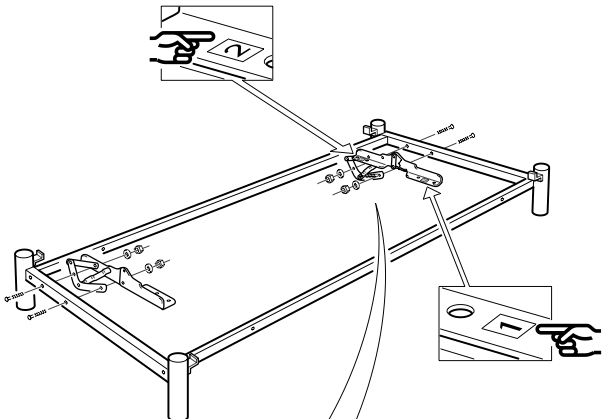Friday, 9 September 2011
A modest proposal for poststructuralism
Poststructuralism remains the crucial intellectual movement of our age. Where structuralism taught us to analyse structures, poststructuralism critiqued and ultimately dissolved them. Where objects previously had innate relationships towards each other, poststructuralists taught us to see these relationships as heterologous and ultimately arbitrary. Liberated from the strictures of structure, we entered an age of total freedom.
There's only one problem: the poststructuralist critique of discourse has been entirely one-sided. The real, physical world human beings live in is itself composed of a number of discourses. The material and the ideal cannot be considered separately: to do so would be to fall into the most vulgar distortion of Marxism. Of course, poststructuralists recognise this in theory. But in practice, they have only deconstructed ideas: they have acted as if there was a world of ideas, a superstructure that properly constitutes the critic's object of inquiry; and a material world, which should not or cannot be so analysed. The deconstruction of matter has been at best epiphenomenal to the whole enterprise. Where the discourse ceases to be purely ideal, poststructural critique ceases to be critical.
This is, of course, deeply ironic: in segregating the material from the ideal world, poststructuralists have erected precisely the sort of neat categorisation they claim to explode. There is only one way out of this impasse: it is to break down the artificial distinction by beginning to deconstruct the real world.
Take an example: chairs. The structure of a chair - the relationship of the legs to the seat and the back, and the screws holding the whole edifice in place - is taken for granted by the same fearless academics who otherwise deconstruct all life with the air of criminal ruthlessness. Yet we must recognise that there is nothing innate or 'natural' about the structure of the chair. To critique established discourses of sitting, we must take up screwdrivers and deconstruct the chair: take it apart, examine the individual components and then, if we feel particularly daring, reassemble it in new and unexpected ways.
Of course the chair is just an example: this attitude of a new - let's call it second-wave - deconstruction must permeate all areas of life. This may require new skills: not all of us may know how to use hammers, screwdrivers, and power tools. It's best to start small. Begin, for example, with your desk: carefully take apart your laptop, your books, papers and pens, eventually deconstructing the desk itself, and take it from there.
Not only is this a decisive step forward for poststructuralism, it also has other, unexpected benefits. For example, the 'impact' culture has so far been a problem for academics in the arts and humanities. But material deconstruction solves this problem with one stroke: as you carefully critique your campus, torch and shovel in hand, your impact on the real world will be easily demonstrated. What's more, material deconstruction offers exciting new opportunities for interdisciplinarity - with engineers, for example.
It won't be easy, but the paradigm shift waits for no-one. Let's get on with it!
Labels:
academia,
poststructuralism,
satire
Subscribe to:
Post Comments (Atom)

No comments:
Post a Comment